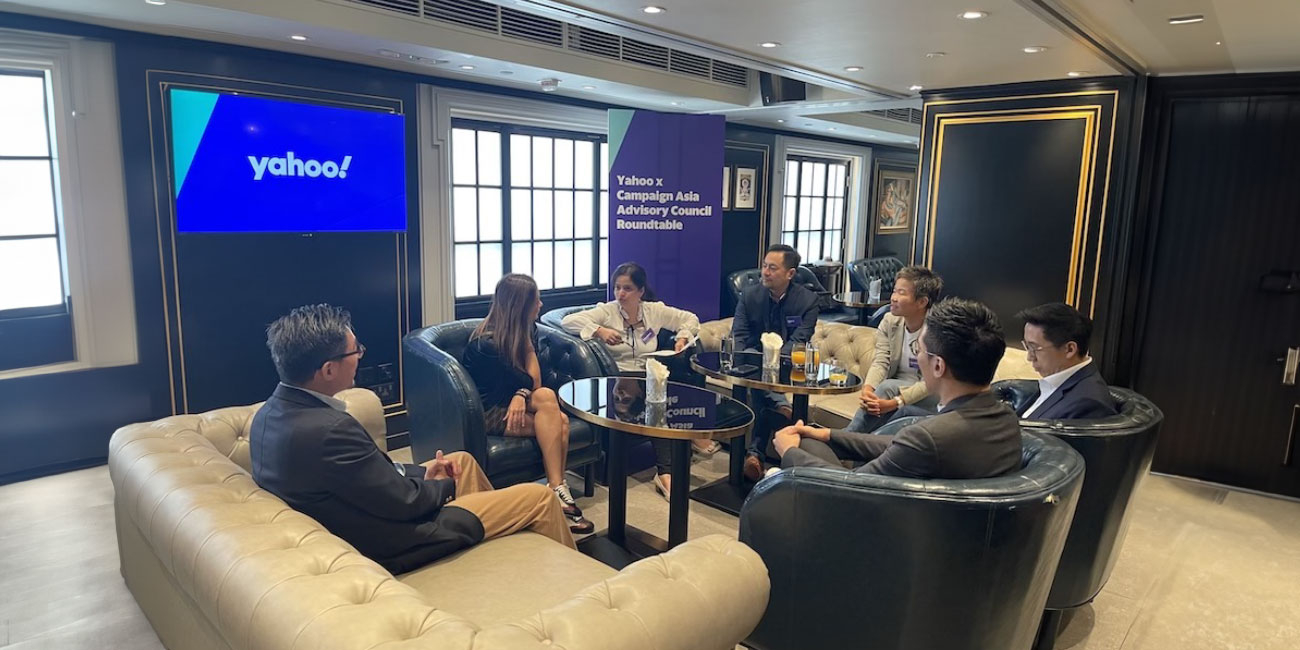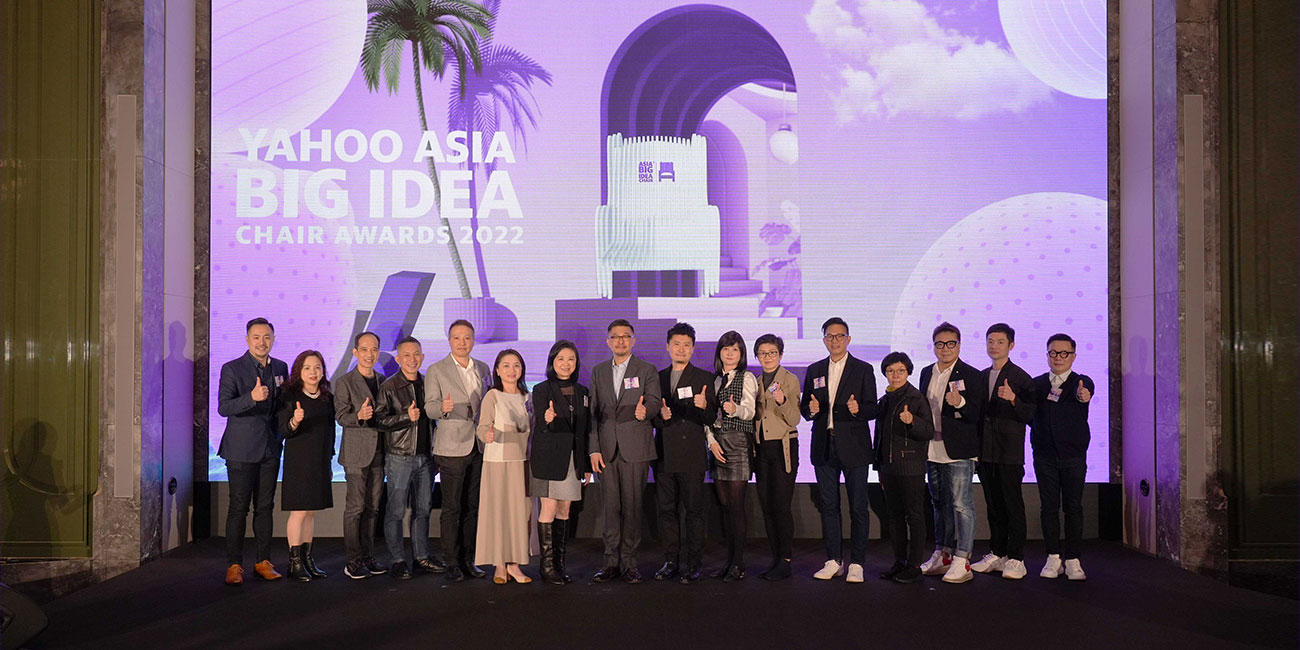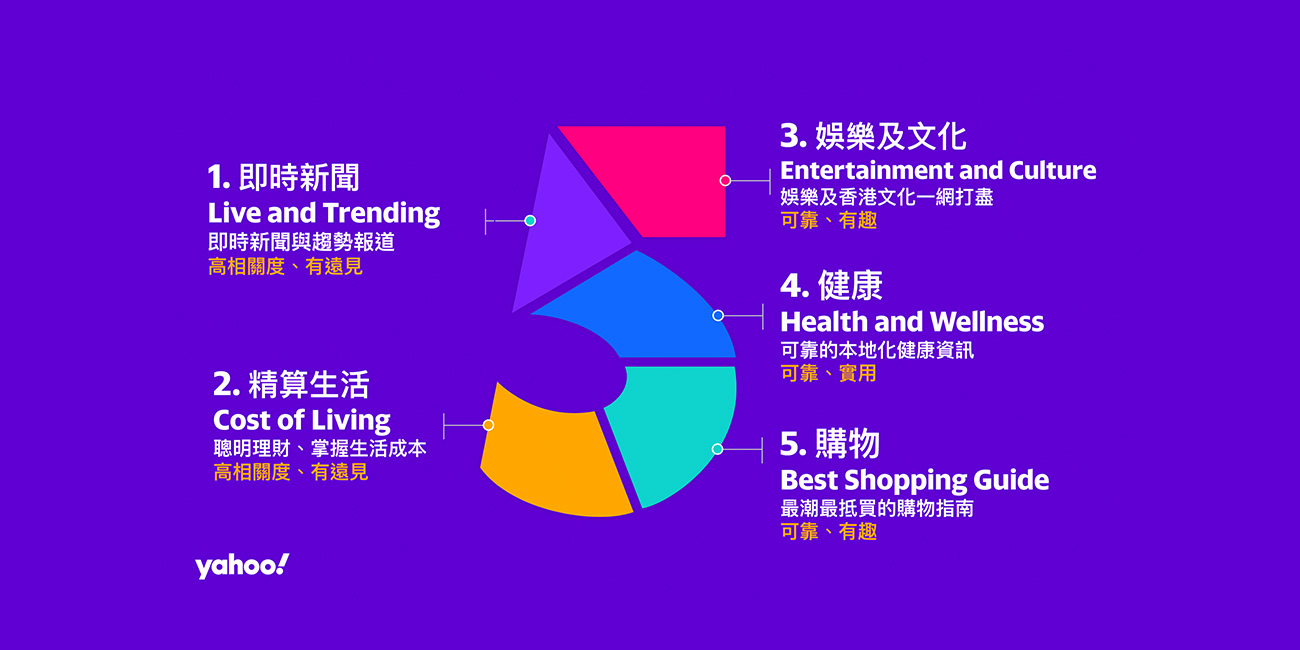2024 game plan: Balancing budgets and careful forays into artificial intelligence

Clockwise from bottom-left: Matthew Chan, head of sales, Yahoo Hong Kong, Taiwan, and China; Jaslin Goh, CMO, PayMe by HSBC; Nikita Mishra, deputy editor, Campaign Asia-Pacific; Roger Li, senior director, APAC, Yahoo Creative Studios; Lorraine Cheung, head of audience, Yahoo Hong Kong; Wai Chung-au, managing director - media, Dentsu Hong Kong; Franklin Law, marketing director, Ocean Park.
As we prepare for the new year, we hear from leading marketing and media professionals about their top concerns for 2024, from the balance of upper- and lower-funnel ad dollars to the benefits and risks that artificial intelligence poses.
Amidst a rapidly evolving landscape marked by paradigm shifts, how much emphasis should be placed on cultivating brand awareness as opposed to performance-driven strategies? What opportunities does AI pose to marketers? And how does all this affect the way that advertisers, agencies, and media partners all work with each other?
All the above questions are top-of-mind for many marketers as we approach the end of 2023. At an exclusive roundtable in Hong Kong hosted by Campaign Asia-Pacific deputy editor Nikita Mishra in partnership with Yahoo Hong Kong, we met with leading marketing and media professionals to discuss the balance between branding and performance, the challenges and opportunities presented by AI, and how the partnerships between brands, agencies, and media partners are changing — all with a view to the not-too-distant future of 2024. Here are some of the key takeaways from that discussion.
Balancing the (budgetary) books
During periods of economic uncertainty, the question for many marketers is whether to invest in branding or performance campaigns. Jaslin Goh, CMO of PayMe by HSBC, shared her belief that the industry is trending towards performance-based marketing because “everything is about accountability.”
However, in our age of tech-enabled connectivity, brands are increasingly attempting to introduce the accountability of performance marketing into their awareness campaigns. Franklin Law, marketing director at Ocean Park, noted that investing largely in performance for the last two years may have yielded a “bottleneck”, signifying a need for a better balance of upper- and lower-funnel campaigns. “One thing we could explore is how to achieve our awareness objectives through digital channels, which are usually more focused on the promise of a conversion,” he said. However, Law was careful to highlight the budgetary constraints of digital-first strategies, with their targeting capabilities enabling marketers to reach a few specific segments well at the risk of limiting audience pools.
Wai Chung Au, managing director - media, Dentsu Hong Kong, said, “When everyone was under pressure to deliver business numbers during the pandemic, performance marketing was definitely the focus.” However, Au recently observed that more and more advertisers are “shifting budget back to awareness” after finding their audience pool lacking, but still expect a high level of trackability, something he calls a “trackable awareness campaign.”
Track and trace
Of course, some businesses lend themselves better to trackability. Goh said, “In the digital payments business, awareness and performance are one and the same. For me, top-of-mind awareness means consumers will go into shops and make purchases with PayMe.” During the Lunar New Year period, Goh eschewed typical festive marketing ploys like celebrity spokespeople or emotional video spots in favour of OOH billboards with a “gigantic” QR code which directed consumers to play a game to win PayMe shopping vouchers. “Although I used mass media, it is by nature a conversion campaign because I can track every single person who played the game, got a voucher, and spent it. It’s pure performance, but you cannot say that it does not have awareness,” she said.
Following a similar imperative to influence offline behaviour, Law spearheaded a programmatic digital out-of-home campaign that utilised display ads on Hong Kong’s MTR subway system to drive awareness of Ocean Park and Water World, then used trackable device IDs to retarget consumers through online and search marketing. A footfall study showed which MTR zones’ passengers exhibited the most interest in Water World, which affected the marketing messages shown in those areas.
Au, who worked alongside Law on the campaign, said, “As an out-of-home activation, the messaging is still very much focused on awareness, but because of all the tracking data available, we can also count it as performance marketing.”
“This is exactly how technology changes creative ideas,” said Roger Li, senior director (APAC) of Yahoo Creative Studios, pointing out that Goh and Law’s campaigns used offline advertisements, but influenced consumer behaviour both on and offline. Referring to Law’s budgetary concerns about reaching wider audiences, Li added, “In the future, AI could help you save resources on creating assets and save more budget for targeting.”
AI in action
“One of the biggest selling points of AI is optimisation,” Li said. “It’s not just about generating tonnes of creatives, but also being able to know which creative works well and how to deliver the right message in the right place at the right time.”
Au concurred and said, “There are still a lot of manual processes involved in dynamic creative optimisation (DCO) campaigns: content creation, optimisation, batching content based on different motivations and consumer personalities, and drawing learnings from existing results. AI presents an opportunity to automate all of that instead of creating a thousand new assets every week.”
PayMe has already dipped its toe in the generative AI pool with the Hong Kong debut of S2O, a Songkran-themed music festival. While the brand was able to save time and production costs by creating raw imagery with Midjourney, Goh noted that “a lot of retouching” was still required, since the use of AI tools remains “very sensitive and regulated,” especially within financial institutions. Emphasising the need to keep AI experimentation within a controlled environment, Goh added, “The second line of defence is being well aware of what we’re doing. AI is very exciting, but there are also a lot of pain points around regulations, legality, copyrights, and intellectual rights, which are all very difficult conversations.”
Li identified “respect for the copyright” as the core challenge for brands in using generative AI at scale, even if the technology exists. “This is exactly the issue that we are facing — how do we come up with a scalable AI-supported solution that is royalty-free for our clients? It is still very, very difficult to come up with a completely legal and consensual solution,” said Li.
As AI becomes more widely adopted, Goh predicts that advertisers’ relationships with media partners will evolve from the traditional client-vendor dynamic to something more collaborative. “The question now is how to get something really unique, such that it’s ownable by you and others can’t really copy it. We’re working more collaboratively with agencies to come up with these ideas together,” she said.
Law concurred, saying, “I think it will be the new norm to work with your agency going forward, instead of just waiting for them to give us insights on new trends and platforms. But both sides will have to work a lot harder to make sure that we are up to date on trends, instead of just staying with the traditional type of media or strategies.” Looking forward, he’s hopeful that AI will be the key to providing hyper-personalised marketing, where “every person is their own segment.” “It’s impossible to imagine right now because it would require millions of adjustments, but it might be quite easy to do later on with the help of AI,” he said.
More Insights
Ready to Start?
Hey, So Are We.
Our sales team can help you truly connect to audiences with unified solutions scaled for growth.
Get in Touch





